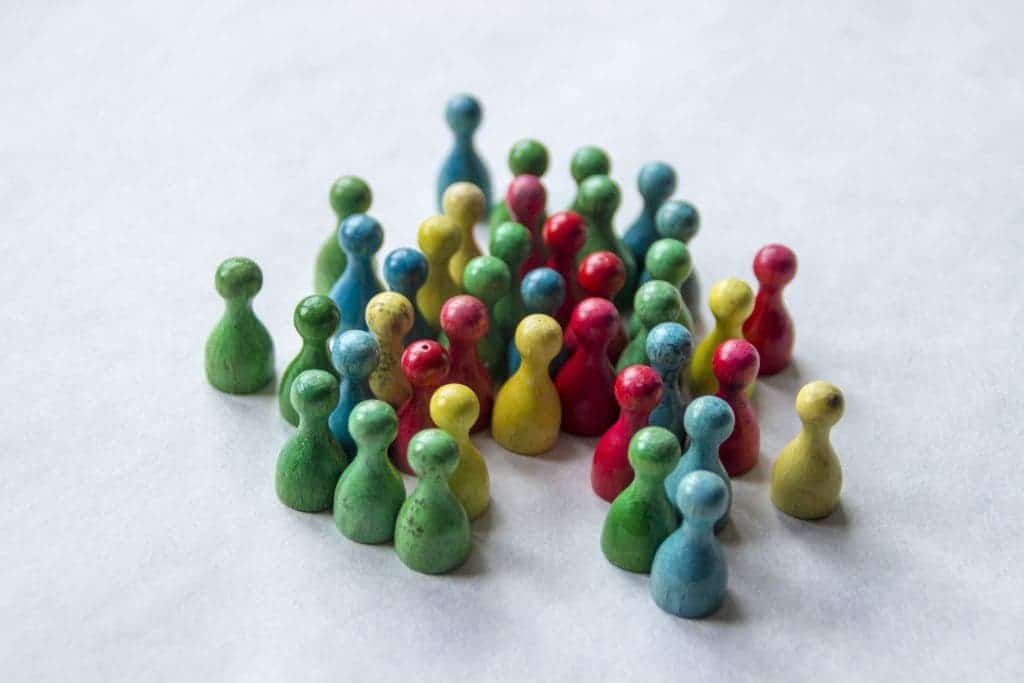New research from the University of Tokyo (UoT) is looking into how human social networks form and found that they naturally arise from simple, direct-exchange marriage relationships between familiar groups.

The team developed new mathematical models to study how traditional community structures and conventions arose around the world, including wide-spread taboos such as incest. For their study, they also drew on statistical physics models employed by evolutionary biologists and data on community structures documented by anthropologists around the world.
The original social network
“We think this is the first time cultural anthropology and computer simulations have met in a single research study,” said Professor Kunihiko Kaneko, an expert in theoretical biology and physics from the University of Tokyo Research Center for Complex Systems Biology.
“Anthropologists have documented kinship structures all over the world, but it still remains unclear how those structures emerged and why they have common properties,” said Kenji Itao, a first year master’s degree student in Kaneko’s laboratory, and first author of the study.
The team wanted to find the underlying mechanisms that shape human social networks, and how they lead to the traditional community structures and conventions we see around the world.
Back in the 1960s, cultural anthropologists studied the social networks among indigenous communities around the world, identifying two structures that seemed to naturally arise wherever they went. Among hunter-gatherers, direct-exchange kinship structures were common. These involve women from two different communities changing places when they marry (i.e. an “exchange of brides among more than two clans”). Agrarian societies, meanwhile, develop kinship structures where women move between multiple communities to marry.
“In human society, a family and kinship are formed by marriage and descent. In indigenous societies, families sharing a common ancestor are called a lineage. Lineages form a socially related group, called a clan, in which common culture is shared,” the authors write.
“Social relationships with others, such as cooperation, rivalry, or marriage, are mostly determined by the clans the parties belong to”.
The first social networks were tightly-knit structures formed among (biologically-related) families, the team explains. Such groups would then develop various relationships with other cultural groups in their local area as they interacted.
Itao and Kaneko used computer modeling and simulation to gauge which external factors could drive biologically-related families to organize into larger communities and control the exchange of brides in between lineages (i.e. the development of the incest taboo). They explain that incest is almost universally considered a taboo in human societies; however, the ancient focus of the taboo was on social closeness rather than blood ties — marrying someone born into the same cultural group as you, not necessarily someone you’re related to, was seen as taboo.
While “it is more common for women to move to a new community when they marry”, Itao explains, the model they used for this study didn’t make any distinction based on gender in this regard.
Someone not like me, please
They report that simulated families which shared traits or interests naturally coalesced into distinct cultural groups. However, the traits individual members possessed were different from the ones they desired in a spouse — the simulated actors desired to marry someone who wasn’t similar to themselves. This, they believe, is the underlying cause of community-based incest taboos.
When the model pushed these communities to cooperate, they formed generalized kinship exchange structures. Exactly which shape these structures took mainly depended on how difficult it was to find suitable brides and how much cooperation or conflict with other communities was necessary in order to secure these women.
The findings are based on a simple model that only included how social conflict and cooperation relate to marriage; the team hopes to further expand on it and include economic factors (which they say can cause communities to separate into classes). A better model could be used to expand the research to different communities in the modern world.
“It is rewarding to see that the combination of statistical physics and evolution theory, together with computer simulations, will be relevant to identify universal properties that affect human societies,” said Kaneko.
“I would be glad if perhaps our results can give field anthropologists a hint about universal structures that might explain what they observe in new studies,” Itao adds.
The paper “Evolution of kinship structures driven by marriage tie and competition” has been published in the journal Proceedings of the National Academy of Sciences.









